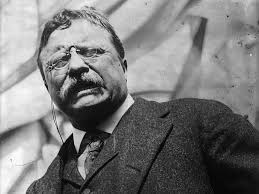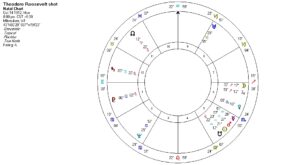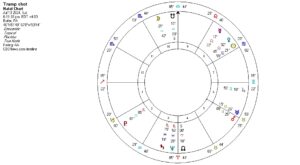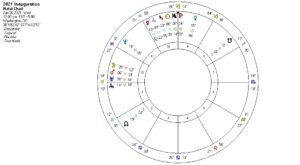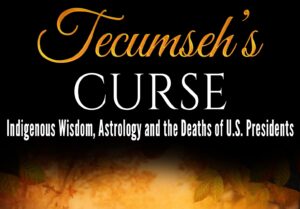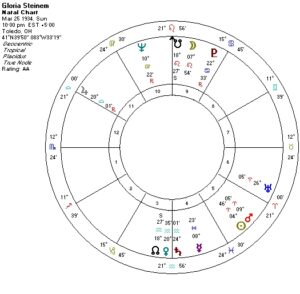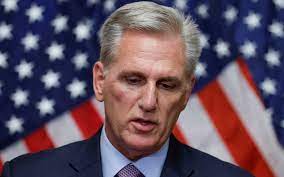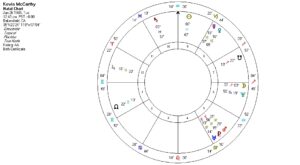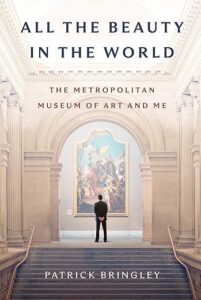I expected Joe Biden to be a one-term president. If we look at the Saturn cycles of past presidencies (of which Biden is the most recent), the astrological limitations imposed on him are obvious.
Biden’s 2021 Inauguration horoscope has a close (3 degree) Sun-Saturn conjunction, so I reviewed charts for previous administrations with the Sun conjunct Saturn. This is important because they reiterate the close Sun-Saturn square in the U.S. horoscope.
 Zachary Taylor was inaugurated on March, 5, 1849, almost a decade before the Civil War, and he faced contentious issues between the north and south over slavery. With the Sun conjunct Saturn (in Pisces) he overate cherries and milk at a 4th of July party, suffered stomach pains for almost a week, and died after only a little more than a year in office.
Zachary Taylor was inaugurated on March, 5, 1849, almost a decade before the Civil War, and he faced contentious issues between the north and south over slavery. With the Sun conjunct Saturn (in Pisces) he overate cherries and milk at a 4th of July party, suffered stomach pains for almost a week, and died after only a little more than a year in office.
Rutherford B. Hayes also had the Sun conjunct Saturn in Pisces in 1877. He came to office in a disputed election decided by Congress in the Reconstruction period. He pledged to serve only one term and did so.
John F. Kennedy’s 1961 Jupiter-Saturn inauguration had Saturn in Capricorn conjunct the Sun in Aquarius (about 8 degrees apart). He served during the post-World War II Cold War and the beginning of military involvement in South Vietnam. Civil rights issues and Martin Luther King’s rise to prominence again showed issues of racial justice coming to the forefront during this time. He was assassinated in November of 1963.
Civil rights and racial justice continued to be important during Joe Biden’s administration, common themes in all these Sun-Saturn election charts. He pointedly selected Black women for Vice President and Supreme Court Justice.
But the Sun-Saturn pattern also showed two presidents who died before completing their 4-years in office, and a third who chose to serve only one term. I didn’t know exactly what would happen this time, but concluded in my 2020 book Tecumseh’s Curse that “An inaugural Sun and Saturn has correlated with… administrations that were limited in time and by circumstances.” I had also noticed in 2020 that “Pluto in Aquarius will also square his Moon throughout 2024. Joe Biden had suggested he will not run again, and this transit coincides with a move or departure after four years. “
At my writing in 2020, there was that suggestion, which was supported by the astrological patterns, though the candidate later changed his mind. The inaugural Sun-Saturn conjunction symbolized the entire term and did not change. Of course we know that Biden stepped aside on July 21, 2024 in favor of his Vice President Kamala Harris.

